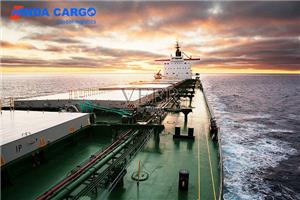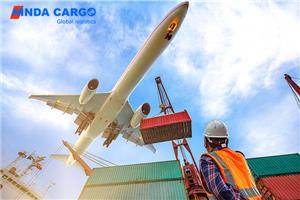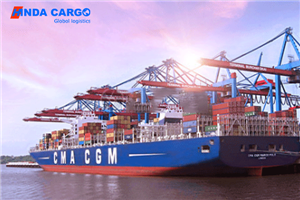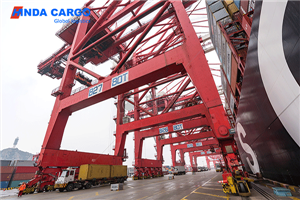Which way is the most cost-effective for air and sea transportation from China to Indonesia?
Which way is the most cost-effective for air and sea transportation from China to Indonesia?
With the acceleration of globalization, trade between China and Indonesia is becoming increasingly frequent. For importers or exporters, choosing the most suitable transportation method is very important. In this article, we will explore the two main modes of transportation from China to Indonesia: air freight from China to Indonesia and sea freight from China to Indonesia, and compare their advantages and disadvantages to help you choose the most cost-effective channel.
Air freight
Air freight refers to the transportation of goods from one country or region to another through an airline. Compared to other modes of transportation, such as sea routes or land transportation, air transportation has the following advantages:
1. Fast speed
Compared to other methods, such as sea routes or land transportation, air transportation is faster. Normally, it only takes 2-3 days to complete the journey from China to Indonesia.
2. High reliability
Due to the highly standardized flight schedule and the minimal impact of weather on flights, the reliability of air cargo is very high.
3. High safety
Due to the strict management and safety inspection of goods by airlines, and the tracking records of goods throughout the entire process, the safety of air cargo is very high.
Although air freight has many advantages, it also has some drawbacks:
1. High cost
Compared to other modes of transportation, such as sea routes or land transportation, the cost of air transportation is higher. This is because air transportation requires the use of expensive aircraft and airport equipment.
2. There are many restrictions
Due to strict restrictions imposed by airlines on the size, weight, and type of goods, some special shaped or oversized goods may not be able to be transported by air.
Sea freight
Sea freight refers to the transportation of goods from one country or region to another by ship. Compared to other modes of transportation, such as land transportation or air transportation, sea routes have the following advantages:
1. Low cost
Compared to other methods, such as land transportation or air transportation, the cost of sea routes is lower. This is because sea routes can accommodate a large amount of cargo and use low-cost vessels.
2. Can carry a large amount of goods
Due to the fact that ships can accommodate a large amount of cargo and can be protected and organized through containers, sea routes can carry a large amount of cargo.
Although sea routes have many advantages, they also have some drawbacks:
1. Slow speed
Compared to other methods, such as land transportation or air transportation, sea routes have slower speeds. It takes 5-7 days to several weeks to travel from China to Indonesia.
2. Low reliability
Due to the influence of weather and ocean conditions on ships, the reliability of sea routes is relatively low.
3. Limited safety
Due to the need for multiple transfers and loading/unloading of goods, as well as the possibility of being attacked by pirates, the safety of maritime transportation is limited.
Based on a comprehensive comparison of air and sea transportation methods, we can draw the following conclusions:
1.For situations where fast delivery of goods is required, air freight is a better option.
2. For situations with large quantities of goods or the need to reduce costs, sea routes are a better choice.
3.If you need to safely deliver the goods to your destination, you can consider using air freight. If you are concerned about cost issues, you can consider using sea routes.




